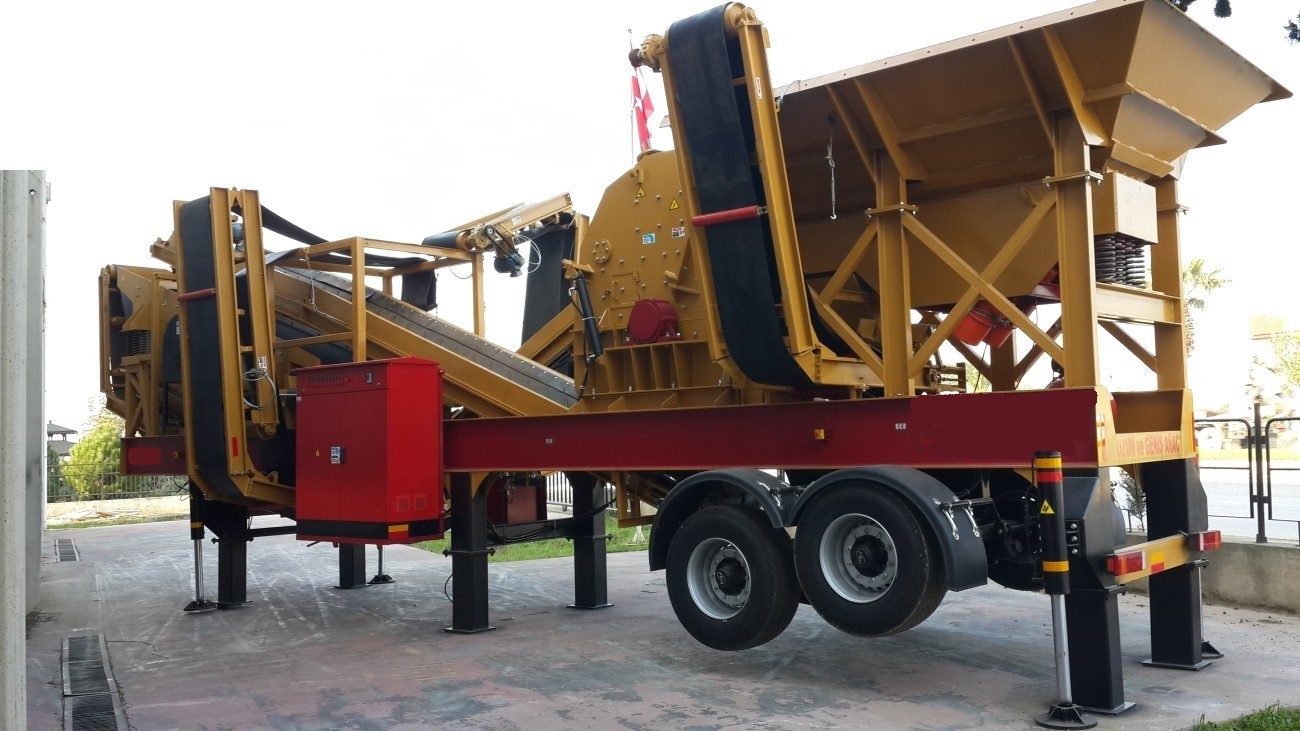A Dolomite Crushing and Screening Plant is a facility used for processing dolomite rock into various sizes and grades. Dolomite is a type of limestone that contains magnesium carbonate, and it is widely used in a variety of industries, including construction, agriculture, and metal production. The crushing and screening process plays a crucial role in transforming dolomite into usable forms for these applications.
Crushing Process:
The crushing process is the first step in the production of dolomite aggregates. Large blocks of dolomite rock are mined from quarries and transported to the crushing plant. In the crushing stage, the dolomite rocks are broken down into smaller pieces using crushers, such as jaw crushers, cone crushers, and impact crushers. These crushers operate by applying pressure or impact to break the rock into manageable sizes.
-
Primary Crushing: The large dolomite rocks are first fed into a primary crusher, which reduces them into larger-sized fragments. Jaw crushers are commonly used for this purpose, as they are efficient at breaking down large rocks.
-
Secondary Crushing: The material from the primary crusher is then sent to secondary crushers for further reduction. These crushers, like cone crushers, reduce the size of the material to more manageable pieces.
-
Tertiary Crushing: The final stage involves tertiary crushers, which reduce the material to the desired size for screening.
Screening Process:
After the dolomite has been crushed, the next step is screening. Screening involves separating the crushed material into different sizes using vibrating screens. These screens filter the material into various fractions, ensuring that only the desired sizes are passed through for further processing.
The types of screens used depend on the size of the material and the intended use. For example, fine material may be passed through a finer screen, while larger aggregates are retained on a coarser screen.
Benefits of Dolomite Crushing and Screening Plants:
-
Improved Product Quality: By carefully controlling the crushing and screening process, the plant can produce dolomite of consistent size and quality, ensuring it meets the requirements of its end-users.
-
Increased Efficiency: Modern crushing and screening plants use automated systems that optimize the use of resources, reducing energy consumption and improving production efficiency.
-
Versatility: Dolomite produced through crushing and screening can be used in a wide range of industries, including construction, agriculture (as a soil conditioner), and metallurgy (as a flux material in steel production).
-
Environmental Sustainability: By processing dolomite locally, transportation costs and environmental impact are reduced. Additionally, modern plants are designed to minimize dust emissions and energy consumption, making them more sustainable.
 English
English
 Le français
Le français
 Türkçe
Türkçe

